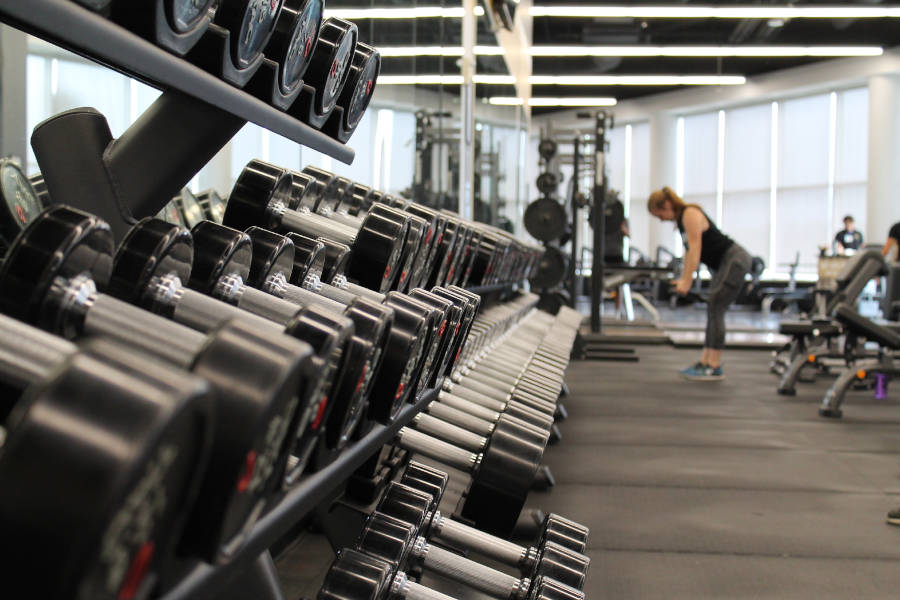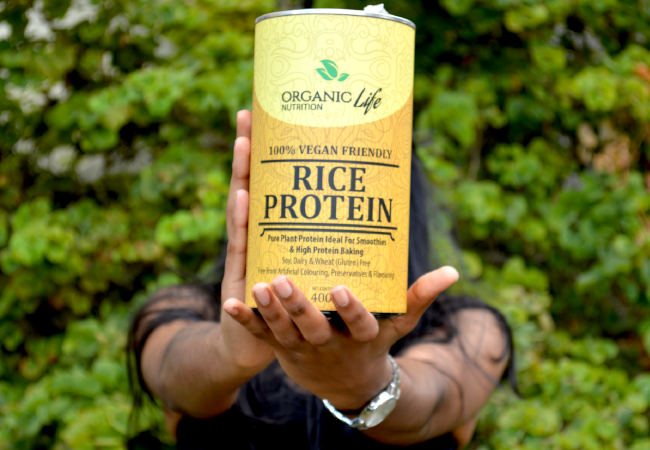Fitness remains an important priority in the world and in the USA, with more than 16% of the American population belonging to a gym, according to the International Health, Racquet & Sportsclub Association (IHRSA). While a gym membership can hold the key to everything from weight-loss to muscle building, it may also have a downside.
With so many people breathing, sweating, and sneezing within relatively confined spaces, it is not surprising that a gym is often considered to be a breeding ground for a number of rather unpleasant conditions. Some studies have found as many as 25 different types of bacteria lurking on the equipment and in the bathrooms of a single fitness center.
By familiarizing yourself with the most common gym-related conditions, you will be able to not only protect yourself against them, but know how to treat them as well.

1. Staph infection
The Staphylococcus bacteria is one of the most common germs found to be lurking in the gyms of America. It is also, unfortunately, one of the most serious, with the drug-resistant MRSA strand causing an estimated 19,000 deaths every year. More often than not, you can carry the bacteria on your skin and in your body without it causing a problem. According to the chief medical officer of the SSM Health Saint Louis University Hospital, staph infections only occur when you have a scratch or cut on your skin that the bacteria can enter your body through.
Prevention is better than cure
As worrisome as this all may sound, there is no real reason for alarm, as staph infections are easily prevented. Simply make sure you wash your hands frequently and wipe down your gym equipment with a sanitizer before use. Keep any skin abrasions well-covered, and remember to never share towels or other personal items with anyone else if you want to avoid contracting a staph infection during your next gym visit. If you do pick up a staph infection from the gym, you will have to consult with your doctor.
2. Athlete’s foot
Of all the infections you are bound to pick up at your gym, tinea pedis, also known as athlete’s foot, is undoubtedly the most common. Anyone who has ever walked barefoot across a gym floor, or even just showered barefoot, stands a risk of contracting the rash-causing fungal infection.
The best way to avoid contracting athlete’s foot is to always wear shoes at the gym, even when showering. Wash your feet properly every day and make sure you dry them properly, especially between the toes. According to scientists, the Trichophyton rubrum fungus may be naturally headed for extinction – but this could take millions of years. For the time being, ongoing research into the bacterial processes which make what Bio-Technical Resources refers to as “advanced recombinant technologies” continues.

3. Colds and flu
While it should be common sense not to go to the gym when you are sick, there are still countless people who do not subscribe to this common courtesy. A number of respiratory infections, such as influenza, spread effortlessly in close quarters such as a gym. Not only are you at risk if an infected fellow gym-goer coughs or sneezes on you, but you can also pick up various germs simply from the equipment in the gym. These viruses are generally transmitted through body fluids, such as cough and sneeze droplets, and can live on the surfaces of gym equipment for up to three hours.
Courtesy costs nothing
Be courteous and wipe down gym equipment, not just before you use it, but afterwards as well, and try not to rub your eyes or put your hands in your mouth while exercising. Getting the flu shot is also a great idea, as is washing your hands frequently, even if no one else in the gym looks obviously ill. While flu is generally treated with bed rest and proper hydration, you might need to seek medical attention if your symptoms persist.
Investing in a gym membership can boost your fitness efforts tremendously. As long as you take the necessary precautions, you will never have to worry about an unpleasant condition ruining your gym experience.
Photos by:

















